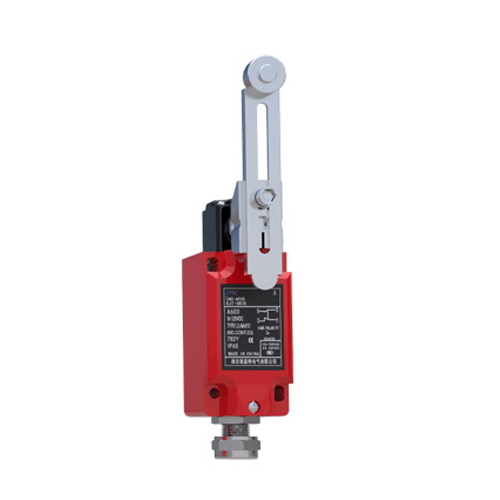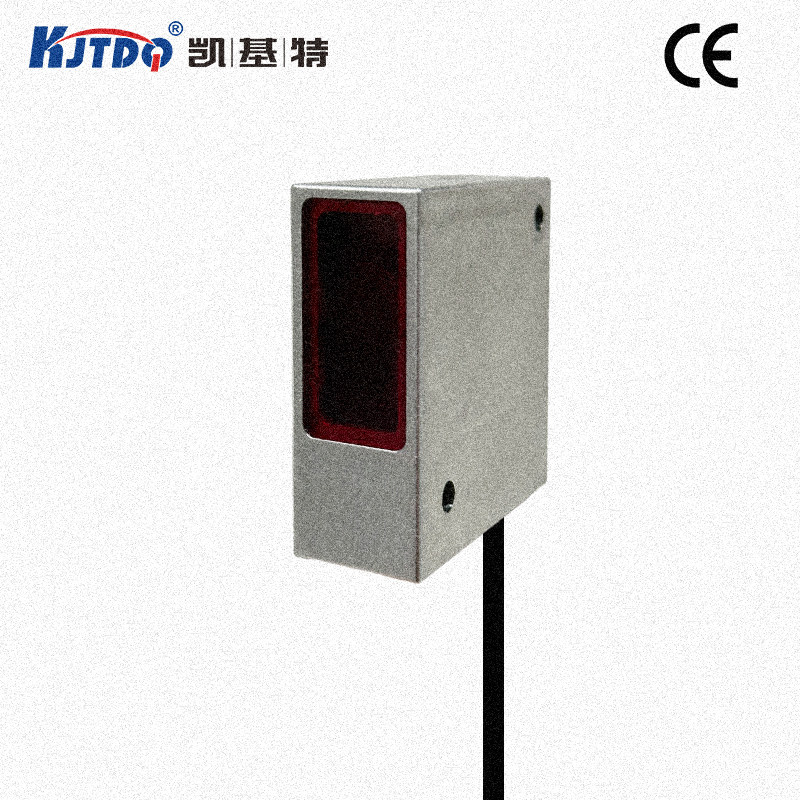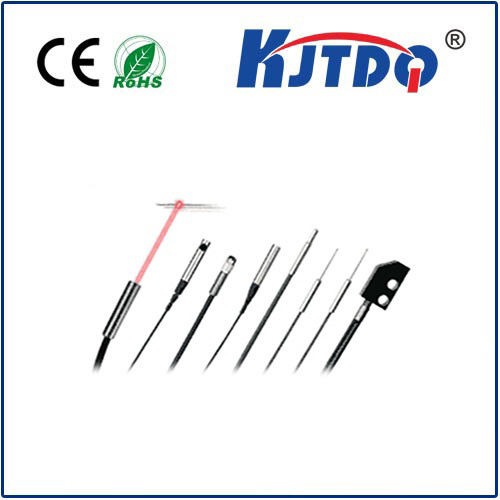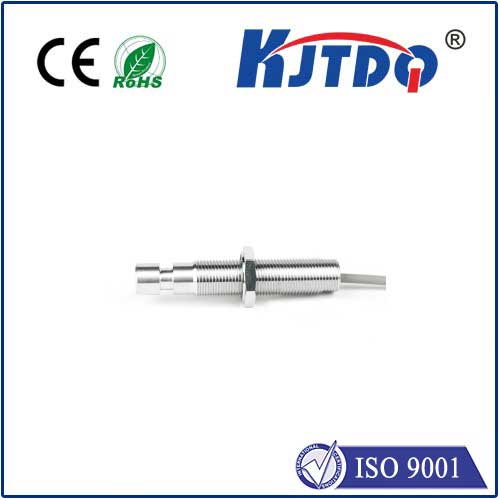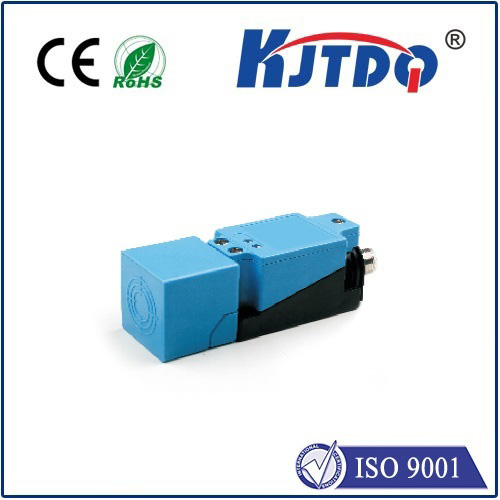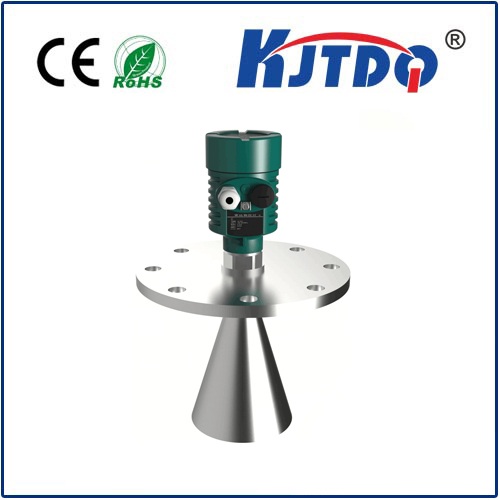laser ride height sensor
- time:2025-09-08 14:25:16
- Click:0
The Critical Role of Laser Ride Height Sensors in Modern Control Systems
Imagine navigating a winding mountain road. Suddenly, a steep dip in the asphalt looms. Without warning, your vehicle’s suspension bottomed out harshly on the previous bump. Now, picture a different scenario: sensors instantly detected the dip ahead, seamlessly adjusting the suspension milliseconds before impact, ensuring a smooth, controlled ride and protecting vital components. This is the transformative power enabled by laser ride height sensors, the unsung heroes delivering real-time precision measurements critical for advanced vehicle dynamics and industrial automation. These sophisticated devices provide the essential eyes and feedback loop for systems demanding ultimate control and response.
What is a Laser Ride Height Sensor?
At its core, a laser ride height sensor is a non-contact measurement device engineered to determine the precise distance between a sensor (typically mounted on a vehicle chassis or machinery) and the ground surface or a reference plane below it – the all-important ride height. Unlike traditional mechanical sensors or ultrasonic alternatives, laser sensors utilize focused light beams, either visible or infrared laser diodes, enabling exceptional accuracy and resolution. They perform this crucial measurement constantly, delivering a continuous stream of real-time data vital for responsive control systems.
How Do They Achieve Such Precision?
Most modern laser height sensors primarily leverage two fundamental principles:

- Laser Triangulation: This is the most prevalent technique. The sensor emits a focused laser dot onto the target surface. A high-resolution CMOS or CCD detector (positioned at a known angle relative to the laser emitter) captures the reflection. As the distance to the target changes, the position of the reflected dot shifts laterally across the detector. Sophisticated onboard electronics calculate the exact distance (ride height) based on this shift and the fixed geometry (the triangulation angle). This method is prized for its micron-level accuracy and high resolution at relatively close ranges.
- Time-of-Flight (ToF): Some advanced sensors utilize this principle. They emit short, pulsed laser bursts and measure the precise time it takes for the light to travel to the target and back to the sensor. Knowing the speed of light, the sensor calculates the distance. ToF sensors offer longer measurement ranges effectively but traditionally achieved slightly lower resolution than triangulation at short distances (though advancements continue). Their key advantage lies in robust performance even on surfaces that challenge triangulation sensors.
The critical takeaway is the non-contact nature of laser measurement. By avoiding physical interaction with the ground or target, these sensors deliver unparalleled reliability, eliminate wear and tear, offer faster response times, and function effectively on a vast range of surfaces – from pristine tarmac to dusty gravel or reflective factory floors.
Where Laser Ride Height Sensors Shine: Key Applications
The unique capabilities of laser ride height sensors make them indispensable in environments demanding high-speed, precise distance feedback:
- Automotive & Vehicle Dynamics: This is a primary domain.
- Active & Adaptive Suspension Control: These are the cornerstone of modern adaptive suspension systems (like MagneRide, Active Body Control, or air suspensions). By providing continuous, ultra-fast ride height data, the vehicle’s ECU can instantly adjust shock absorber damping rates or air spring pressure. This delivers transformative improvements in ride comfort, stability, cornering grip, and overall vehicle handling, dynamically counteracting body roll, dive, and squat. It enables features like lowering the vehicle at speed for improved aerodynamics.
- Headlight Leveling Systems: To prevent blinding oncoming traffic when carrying heavy loads or during acceleration/braking, automatic headlight leveling systems rely on laser sensors (often multiple, one per axle) to monitor vehicle attitude and adjust headlight beam angle precisely.
- Advanced Driver Assistance Systems (ADAS): Precise knowledge of vehicle attitude and height relative to the road is vital input for systems predicting vehicle trajectory and enhancing safety.
Automated Guided Vehicles (AGVs) & Mobile Robots: Navigation precision and obstacle avoidance are critical. Laser height sensors help AGVs detect ramps, uneven surfaces, docks, or even small obstacles that might impede movement or cause instability, enabling smoother, safer autonomous operation.
Industrial Automation & Manufacturing: The applications are diverse:
- Precision Material Handling: Maintaining consistent height during robotic part picking, placement, or assembly tasks ensures accuracy and prevents damage.
- Conveyor Gap & Alignment Monitoring: Detecting misalignment or gaps between conveyor sections prevents jams and product damage.
- Web/Slab/Cable Guiding: Continuous monitoring and control of the position of moving webs, metal slabs, or cables during production processes.
- Quality Control: Verifying component thickness, height, or coplanarity on moving production lines with laser speed and accuracy.
The Compelling Advantages Driving Adoption
Why choose a laser ride height sensor over other methods? The benefits are compelling and technologically significant:
- Micron-Level Accuracy & High Resolution: Delivers the precision needed for critical control applications far surpassing most mechanical or ultrasonic sensors.
- Non-Contact Measurement: Eliminates wear, friction errors, and the need for physical interaction with potentially damaging surfaces.
- High Speed & Bandwidth: Capable of thousands of measurements per second, enabling real-time control of fast-moving systems.
- High Reliability & Long Lifespan: No moving parts subject to mechanical failure in the sensing element, leading to reduced maintenance and downtime. Proven robustness in demanding environments.
- Surface Independence: Performs well on most surfaces (black, white, shiny, matte, textured) without recalibration, unlike ultrasonic sensors which struggle with acoustically absorbent materials. Advanced sensors handle challenging surfaces much more effectively.
- Compact & Robust Design: Modern sensors are designed to withstand vibration, shock, temperature variations, and even inclement weather (with appropriate IP ratings), making them suitable for harsh vehicle and industrial environments.
- Digital Output & Integration: Provide clean, calibrated digital signals (analog voltage/current, RS232, RS485, Ethernet/IP, PROFINET, EtherCAT etc.) for easy integration into modern electronic control systems.
Looking Ahead: The Future of Ride Height Sensing
Laser ride height sensor technology isn’t static. We see continuous evolution:
- Enhanced Robustness: Further improvements in electronics and optics to handle extreme environmental conditions (dust, water immersion, extreme temperatures) and challenging surfaces consistently.
- Multi-Function Sensors: Integration of height measurement with additional capabilities like surface profile scanning or speed measurement within a single compact unit.
- Miniaturization: Development of even smaller, lighter sensors to fit into space-constrained applications.
- Increased Intelligence: Incorporation of onboard diagnostics, self-calibration features, and smarter signal processing for easier setup and maintenance.
- Integration with AI/ML: Utilizing sensor data streams for predictive maintenance of vehicle suspension components or industrial machinery based on vibration patterns or height deviations over time.
Choosing the Right Sensor: Key Considerations
Selecting the optimal laser ride height sensor requires careful analysis:
- Required Measurement Range & Accuracy/Resolution: Define the minimum and maximum distances you need to measure and the precision required.
- Target Surface Properties: Consider reflectivity, color, texture, and potential surface variations.
- Operating Environment: Assess temperature extremes,






